How Minimalism Taught Me to Invest in Myself
This post may contain affiliate links, which means I may receive compensation if you make a purchase using one of these links.
Minimalism is often associated with being frugal or “cheap”, but really they are two totally different things. In fact, through minimalism, I’ve learned an important lesson about investing in myself.
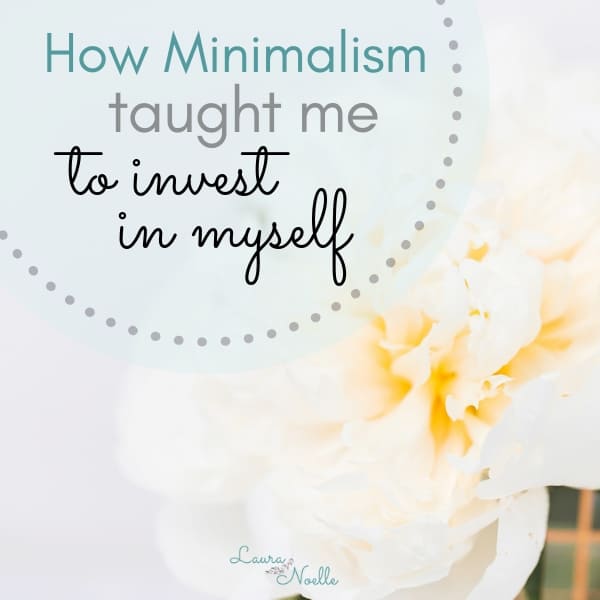
Before I got inspired to minimize, I prided myself on saving money. On being cheap. The coupon clipper, deal finder, clearance rack queen.
I bought oodles and oodles of stuff–baby stuff when I was pregnant (and even before), maternity clothes, clothes, clothes, clothes. Craft supplies, scrapbooking materials, DIY things. So many things. Craft stores, Amazon, Target, Kohls…I could find the deals and I thought it was making my life better.
But instead, the clutter was overwhelming, and the dollars added up. Cheap drugstore makeup, nail polish, hair gel. The toxins piled on and the quality of life went down.
When my daughter was a few months old, I melted down into an overwhelmed mess. It had to stop. And certainly, there had to be a better way to live.
Defining “Investment”
Now to be clear, when I say “invest in yourself”, I’m not saying waste money and be selfish. Truly investing in yourself is quite the opposite–it’s a better use of your money (aka, investment), and it allows you to get the most use out of each item you own.
The downside of a bunch of cheap or clearance deals is that you don’t value them, they’re typically poor quality and they aren’t made to last. Cheap items usually end up broken or are treated as disposable.
In an effort to be more sustainable and take care of our stuff, higher quality investments will return far more value, enjoyment and overall, get more use over a greater period of time.
Does Minimalism Require a Higher Investment?
In general, the focus of true minimalism is getting rid of the distractions and excess in order to focus on the most important things.
That usually means reducing clutter and stress in order to make life flow simpler and with grace and ease.
This is where many minimalists do focus on quality over quantity. It makes more sense to invest in an item that you’ll use for years, instead of a few weeks or months. And truly, the word “frugal” does mean getting the most out of each investment you make, regardless of the dollar amount.
Bargain hunters, cheapskates, and the like would be more concerned with dollar amounts… Frugal just means you’re super aware of what you’re spending and using. Can you be cheap and a minimalist? Sure, but it will require far more energy and effort from you to find high-quality items at bargain prices!
How Minimalism Changed My Approach to Purchases
As I started to donate and sell boxes and boxes (and more boxes) of cheap stuff I’d accumulated over the years, it was a huge eye opener to just how much I’d actually spent, and how little (if at all) most of the stuff was used.
Clothes with tags. Baby stuff new in packages. Books and courses still in shrinkwrap. Unopened office supplies. It was, in many ways, utterly humiliating and heartbreaking. All this stuff was sitting untouched in my house while so many families in our community, and the world, desperately needed items like these.
They could have used them, while I did not.
This realization made me see how wasteful our society is as a whole, and also how consumerism feeds a continuous need for more, without ever giving a thought to truly caring for, repairing and sustaining the items we already have.
With minimalism, I’ve kept the best items, and let go of the rest. I have a capsule wardrobe. A simple kitchen. Curated bookshelves that bring me joy. It’s been a huge focus of mine to look inside my soul and make sure to only keep the things I love and use. Things with meaning and purpose.
All the rest–someone else can use them more than me.
Switching from Disposable to Sustainable
I’ve been a clearance rack fast-fashion shopper all my life. I thought it was about getting good deals. Why pay $40 for a shirt when I can get it for $5?? If only it were that simple.
Two years ago I watched the documentary “The True Cost” on Netflix. It was shocking, sickening and caused me to take a hiatus from shopping. I no longer desired to go clearance rack shopping. In fact, I really didn’t even want to set foot in fast fashion consumer stores at all.
The fact was, all those clearance rack clothes I’d purchased over the years? They’re gone. They stretched out, ripped, stained, or lost appeal.
When first looking into sustainable clothing, I had a common response. It’s SO expensive! I could never afford it…
But over time, I realized I couldn’t NOT afford it.
A few weeks ago, I placed an order with Movement Global, a small Canadian shop that designs organic, eco-friendly, sustainable and versatile clothing. I saved up for months to make that order of basics: a reversible skirt, camisole, reversible t-shirt, versatile wraps, and a reversible tank top.
Though they are pricey, they are a modular design where they can be worn in numerous ways. I’ll share more about that soon! The thing is, though I had to save for a long time, the quality is impeccable, and when cared for correctly, they should last for many years to come.
Season after season, sustainable and versatile items–clothing or not–require an investment but deliver amazing value. I’ve also done this in the kitchen–swapping out plasticware for durable glass Pyrex containers and Mason jars.
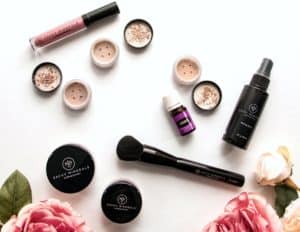
Self-Care & Body Care – What You Put On Makes a Difference
Hitting the milestone age of 30 has been eye-opening to me. I never could stick with a skincare routine before, and now, my body lets me know where I’ve been slacking. The hormonal acne, wrinkles, and imbalanced energy have made it clear that self-care is vastly important.
In my 20s, I just went along with it, but now, I realize that balancing my hormones and taking care of myself can no longer be ignored. I ditched the toxins years ago, but I didn’t fully implement a natural self-care regimen either.
I thought it didn’t matter. That I couldn’t afford the best products, so why bother.
Only it did matter. A lot.
Learning to understand my hormonal cycle was the beginning, and finding ways to naturally balance them is an ever fluid journey. But the more self-care I prioritize (time to read, write, meditate, pray, exercise, stretch), in addition to proper skin care routines, the more balanced and creative I feel.
After trying many DIY and cheaper versions that didn’t work, I invested in Young Living’s skincare and makeup lines. It’s still difficult for me to remember to follow the steps every day, but when I do it consistently, the results are worth it!
I’m still frugal about it–I use it sparingly and make the most of it, but the high-quality essential oils and ingredients ultimately make it worth every penny to me.
Final Thoughts on Investing in Yourself
It requires a mindset change to learn to invest in yourself wisely and carefully. Seeking versatility over novelty. Looking for action over the price tag.
Researching what works better and benefits your health more, and knowing that the investment into health and self-care is worth it.
Minimalism taught me to spend less on frivolous stuff (I rarely go to stores, especially Target, anymore). Even though I invest in higher quality things, I’m not actually spending more money than I used to. I’m just spending it differently.
I never valued quality before, but now I purposely choose it. Because it matters to take care of yourself.
Related Articles on Minimalism
- Minimalism If Your House Isn’t Picture Perfect
- More Life, Less Stuff || Why Minimalism?
- Our Minimalism Journey || Photos of What Our Home Really Looks Like

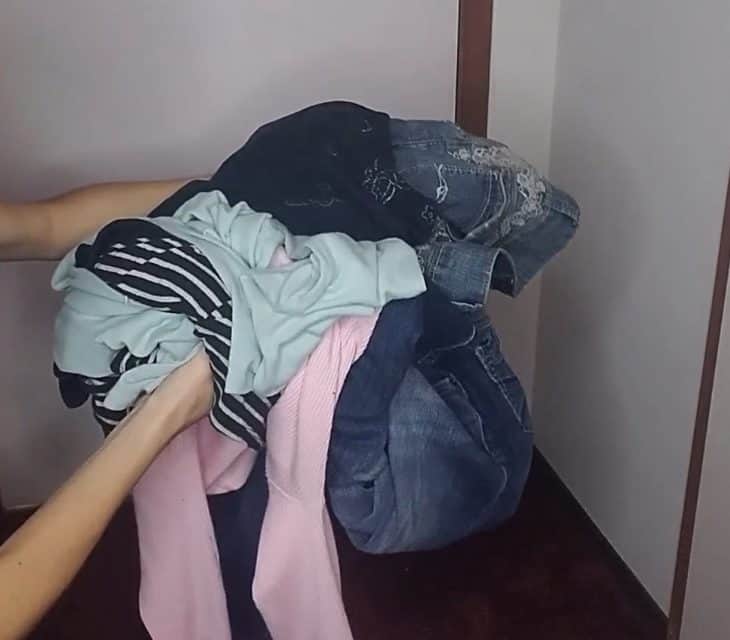
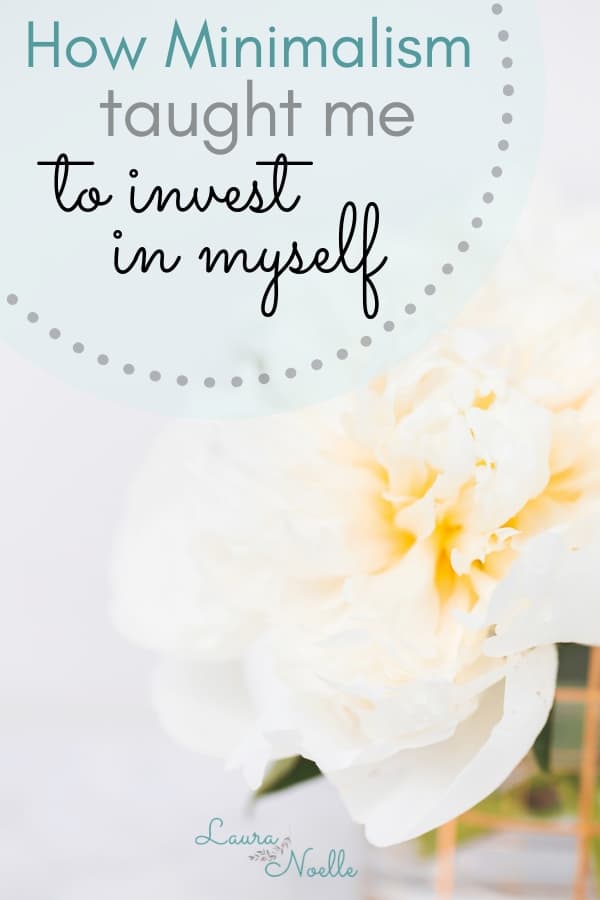
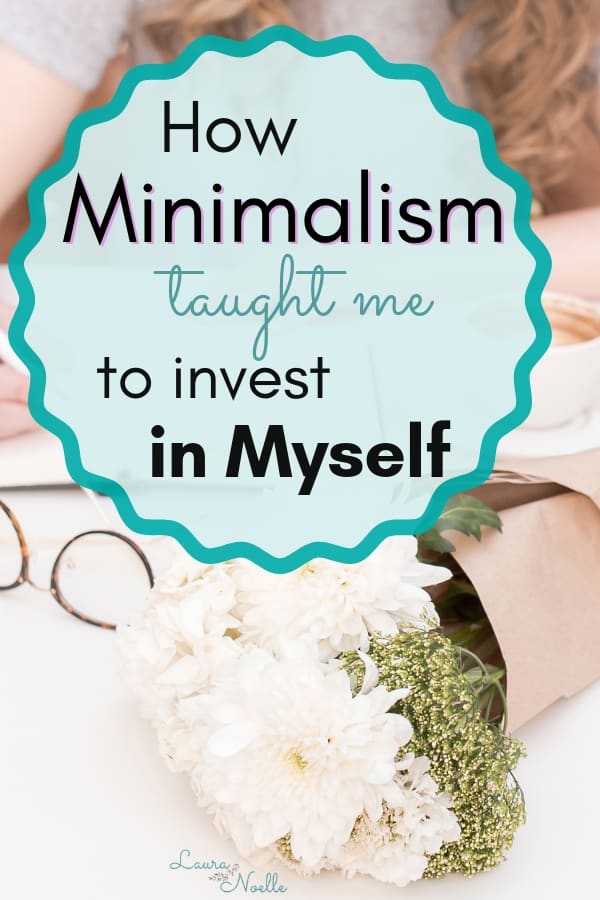
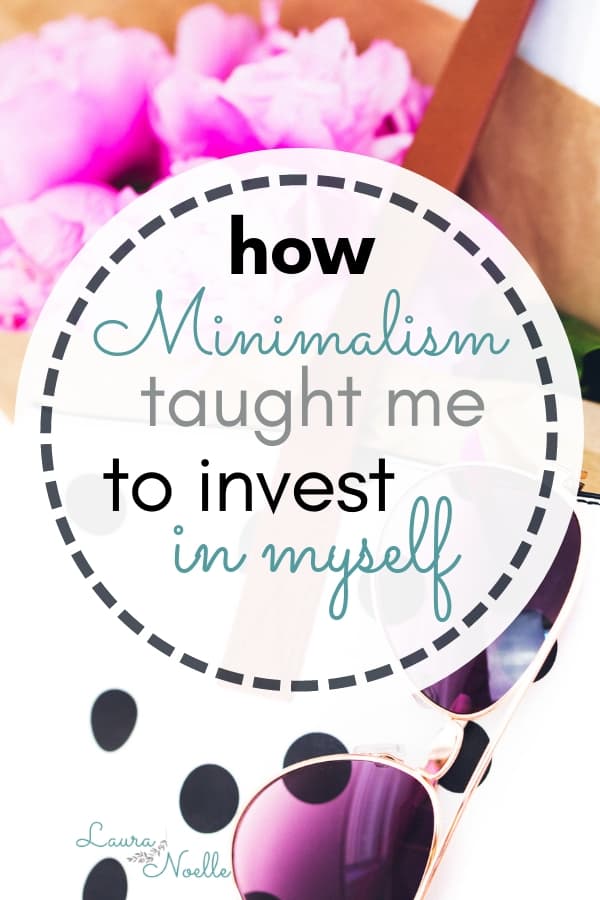
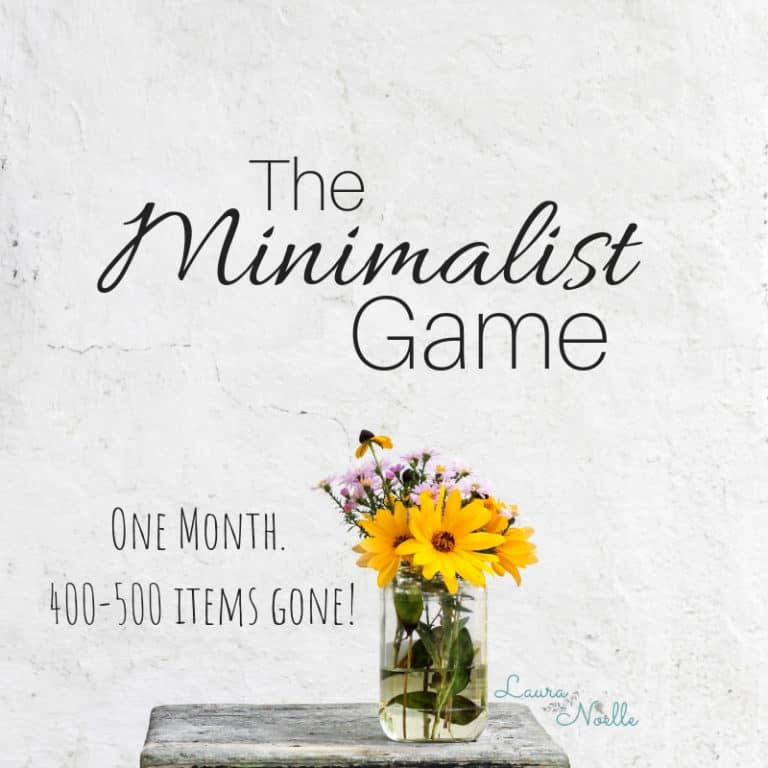
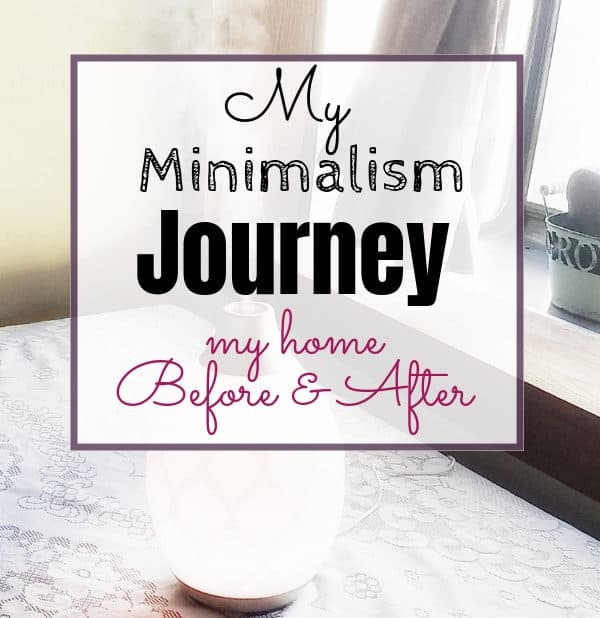
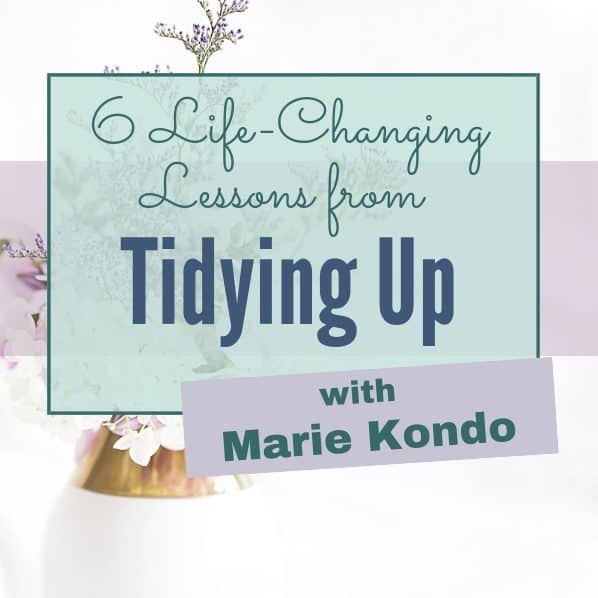
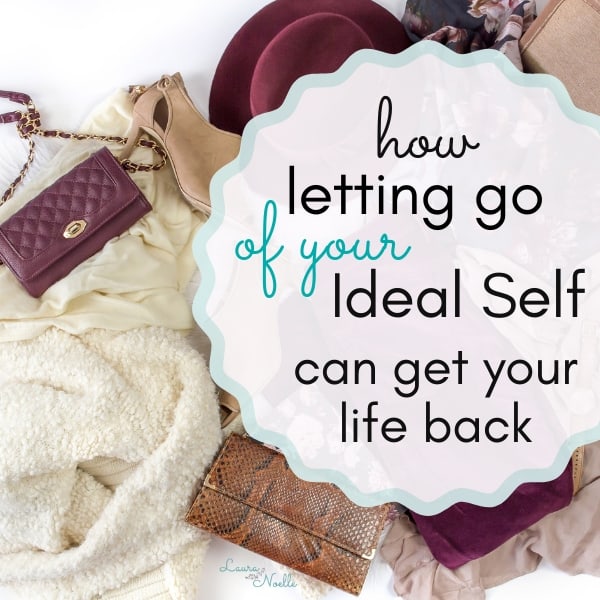
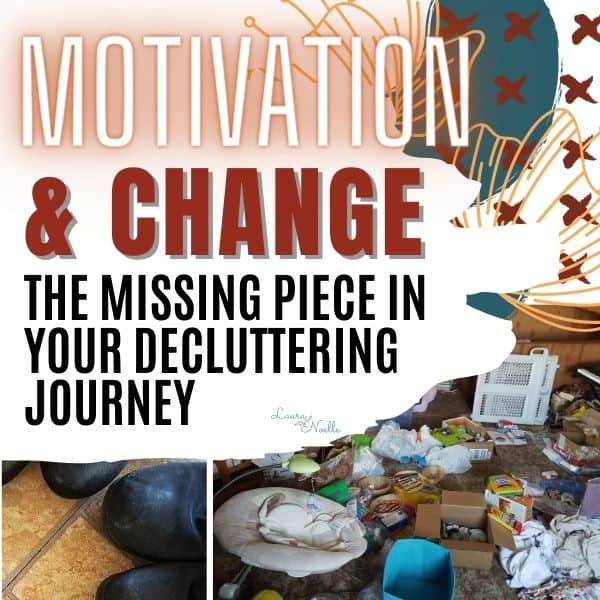
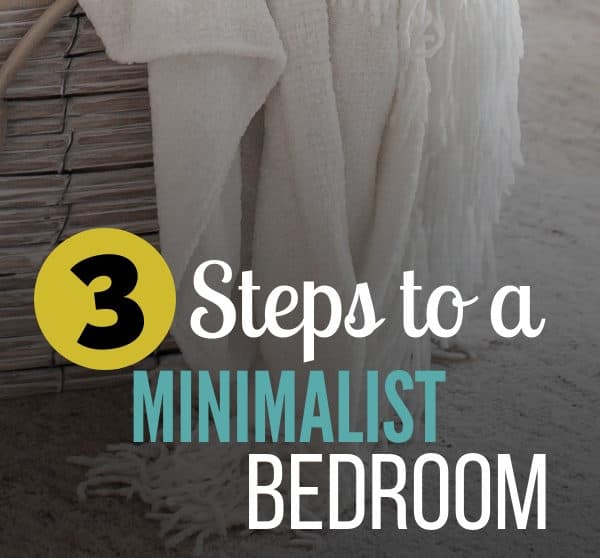
Getting rid of the distractions and excess in order to focus on the most important things is the main reason why I’d love to get more into minimalism!!! I really enjoy reading your blog posts!
Aww thank you, Maira! That’s so sweet. =) Minimalism is a journey, but it’s been so rewarding for our family–I love sharing about it!
I love save the best and get rid of the rest! So true. I’ve learned quality over quantity. I have a capsule wardrobe too. It truly saves so much time and money.
A capsule wardrobe can change everything! It really is a mindset shift to stick with quality these days, but so worth it!
I’ve always struggled with the step between deciding to start moving toward quality, responsibly made goods and having a house full of way too much cheap crap. I’d love to get rid of it all and start over in a clean way like you describe, but even that feels so wasteful!
Sara, that is actually an incredibly common hangup most people experience! When I find myself feeling like that, I typically do one of 3 things: 1) keep the cheap items until they break or are no longer useable 2) donate the cheap item to someone who is in need of it more than I am, or 3) sell the item. Then I’ll replace the item with a higher quality choice. I have a running “wish list” on Trello of things I want to eventually replace, and slowly, here and there I’ve swapped things out. In the case of my wardrobe, I had literally worn out all my clothes to the point they didn’t fit or the fabrics weren’t holding up–then it made total sense to replace them!
“Frugal just means you’re super aware of what you’re spending and using.” I love that so much. I have not been a frugal person for most of my life and just didn’t want to think about what I was spending. I wanted what I wanted in that moment and then bought it. Then I have a house full of clutter and things that I don’t use. Your tips are so great for frugal living and I will be using them!!
Yesss, it is a crazy trap I think the majority of people these days fall in–we see everyone else spending all their money on these things and so we do too. Only to find it doesn’t usually get us where we thought it would. So glad the tips are helpful!
I completely agree with everything you said in your post. I feel like minimalism is a journey.I’ve been trying to become zero-waste for a good couple of ,months or even a year now and that’s very similar to minimalism in a way that there’s no end to it. You need to keep progressing and keep improving, step by step. I’m so happy you had the privilege to get your eyes open by experiences that you went through. So many people keep living in the dark, having no idea how bad overbuying and clutter is for their emotional and mental health.
Yes, exactly! Zero waste is a huge deal too, but it is by no means a quick and easy process! It is all a step by step journey to more intentional living!
Laura, I absolutely love how you broke down the ramifications of buying cheaply can be and your story really gave me a lot to think about. Since I have never been much of a bargain shopper when it comes to clothing, I agree on wholeheartedly on the importance of quality. Recently, my issue was with DIY products and crafts for my home, creativity and enjoyment. Your posts continue to push me into truly pondering the advantages of being a minimalist. Thank you so much for sharing as always ????
DIY products and crafts can be a huge issue, I totally get that. I used to be an avid DIYer (before kids, haha), and I collected massive amounts of materials and ingredients. Some things I still enjoy doing, but I’ve been able to slowly par down to the basics, and let go of the things I am just never going to make again. It can be very hard to sort through and let go, so give yourself grace! Keep what you love and what really lights up your heart. Things you use and enjoy should NOT be tossed in the name of minimalism! But, most of us hang onto things that we “might use someday” and that’s where you can really start digging in and thinking about simplifying!
This is a great post. I have been trying to adopt minimalism and it is difficult at first. But, I am getting better at it. Instead of buying 5 pairs of clothing, I look for 1 which is of high quality.
The lesser stuff you have, the lesser you worry. I have learned this and I am implementing it daily. Thank you so much for sharing this
Yes, exactly! It really is a re-training of the brain to think in terms of long-term, lasting quality vs. short-term money savings!
Cheap always ends up being expensive in the long run, but investing in quality always gives us the best deals
Hey,
this is really a nice article and you shared the very informative article here I started a blog I hope it will succeed as you keep it up such a nice posting like this.
Thank you
Minimalism is a way of clutter-free life. I’ve been a minimalist for a few months now. My funda is to choose the alternatives for everything, instead of eliminating them completely. For example, Instead of the Mixer grinder, I choose to own a Mortar and Pestle. Even though it’s not a pure minimalism, i consider it as reducing the dependancy on the technology and living life like back in the old days.
Thanks for this article.
I love that way of thinking. I tend to lean that way as well–simpler living, doing things myself, instead of relying so heavily on technology.
This is really fantastic website list and I have bookmark you site to come again and again. Thank you so much for sharing this with us.